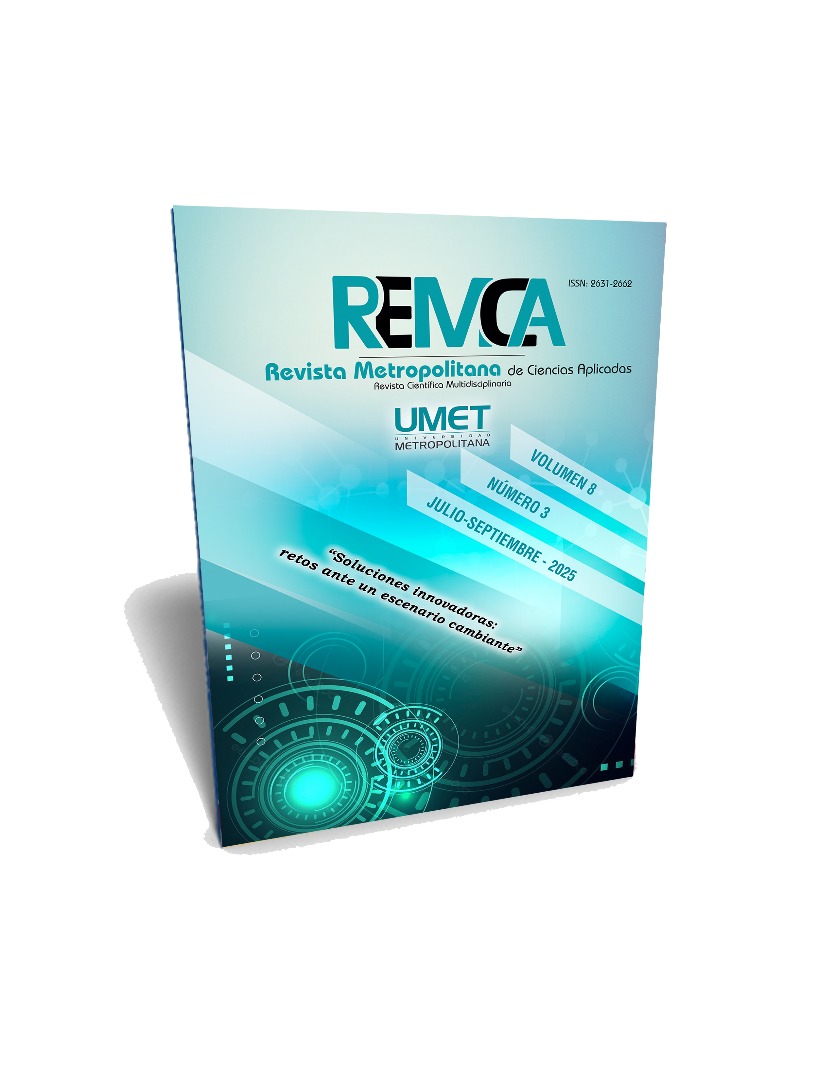Digital governance and state transformation. Impact of technology on public management
DOI:
https://doi.org/10.62452/hctsy763Keywords:
Digital governance, state transformation, public management, efficiency, inclusionAbstract
The article "Digital Governance and State Transformation. Impact of Technology in Public Management" analyzes how digital governance redefines public management, highlighting good practices and challenges. Through international cases, it proposes a framework that balances innovation, security and inclusion. Digital transformation, accelerated by the COVID-19 pandemic, has led governments to adopt technologies such as artificial intelligence and blockchain to improve efficiency, transparency and citizen participation. However, it also faces challenges such as the digital divide and cybersecurity risks. The results of the study, based on surveys of public officials and interviews with experts, show that the adoption of digital technologies correlates positively with improved efficiency of public services and reduced corruption. Despite progress, inequalities in Internet access persist, limiting the inclusion of vulnerable sectors.
Downloads
References
Belanger, F., & Carter, L. (2012). Digitizing government interactions with constituents: an historical review of e-government research in information systems. Journal of the Association for information Systems, 13(5), 363-394. https://citeseerx.ist.psu.edu/document?repid=rep1&type=pdf&doi=94e327e58c72ce2a054648c316d9a7261d679448
Corbett, C. (2004). The future of digital government. En, A. Pavlichev y G. D. Garson, Digital government: principles and best practices. (pp. 344-367). IGI Global Scientific Publishing.
Frandell, A., & Feeney, M. (2022). Cybersecurity threats in local government: A sociotechnical perspective. The American Review of Public Administration, 52(8), 558-572. https://journals.sagepub.com/doi/abs/10.1177/02750740221125432
Gil-García, J. R., Dawes, S. S., & Pardo, T. A. (2018). Digital government and public management research: finding the crossroads. Public management review, 20(5), 633-646. https://doi.org/10.1080/14719037.2017.1327181
Janowski, T. (2015). Digital government evolution: From transformation to contextualization. Government information quarterly, 32(3), 221-236. https://www.sciencedirect.com/science/article/abs/pii/S0740624X15000775
Mergel, I., Edelmann, N., & Haug, N. (2019). Defining digital transformation: Results from expert interviews. Government Information Quarterly, 36(4). https://www.sciencedirect.com/science/article/pii/S0740624X18304131
Organización para la Cooperación y el Desarrollo Económico. (2020). Innovative Citizen Participation and New Democratic Institutions: Catching the Deliberative Wave, OECD Publishing. https://doi.org/10.1787/339306da-en
Ragnedda, M., & Muschert, G. W. (2013). The digital divide. Routledge.
Sandoval-Almazan, R., & Gil-Garcia, J. R. (2016). Toward an integrative assessment of open government: Proposing conceptual lenses and practical components. Journal of Organizational Computing and Electronic Commerce, 26(1-2), 170-192. https://doi.org/10.1080/10919392.2015.1125190
Wirtz, B. W., Weyerer, J. C., & Rösch, M. (2018). Citizen and open government: an empirical analysis of antecedents of open government data. International Journal of Public Administration, 41(4), 308-320. https://ideas.repec.org/a/taf/lpadxx/v41y2018i4p308-320.html
World Bank. (2021). Digital government for inclusion. World Bank Group. https://www.worldbank.org/en/topic/digitaldevelopment
Downloads
Published
Issue
Section
License
Copyright (c) 2025 Edith Katherine Muñoz-Pallaroso, Xavier Michael Romero-Vásquez, Rosa Yolanda Pallaroso-Granizo, Byron Oviedo-Bayas (Autor/a)

This work is licensed under a Creative Commons Attribution-NonCommercial-ShareAlike 4.0 International License.
Authors who publish in Revista Metropolitana de Ciencias Aplicadas (REMCA), agree to the following terms:
1. Copyright
Authors retain unrestricted copyright to their work. Authors grant the journal the right of first publication. To this end, they assign the journal non-exclusive exploitation rights (reproduction, distribution, public communication, and transformation). Authors may enter into additional agreements for the non-exclusive distribution of the version of the work published in the journal, provided that acknowledgment of its initial publication in this journal is given.
© The authors.
2. License
The articles are published in the journal under the Creative Commons Attribution-NonCommercial-ShareAlike 4.0 International License (CC BY-NC-SA 4.0). The terms can be found at: https://creativecommons.org/licenses/by-nc-sa/4.0/deed.en
This license allows:
- Sharing: Copying and redistributing the material in any medium or format.
- Adapting: Remixing, transforming, and building upon the material.
Under the following terms:
- Attribution: You must give appropriate credit, provide a link to the license, and indicate if any changes were made. You may do this in any reasonable manner, but not in any way that suggests the licensor endorses or sponsors your use.
- NonCommercial: You may not use the material for commercial purposes.
- ShareAlike: If you remix, transform, or build upon the material, you must distribute your creation under the same license as the original work.
There are no additional restrictions. You may not apply legal terms or technological measures that legally restrict others from doing anything the license permits.




